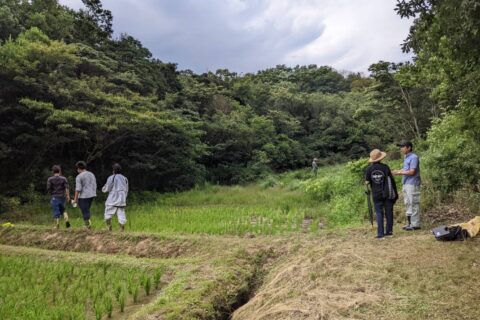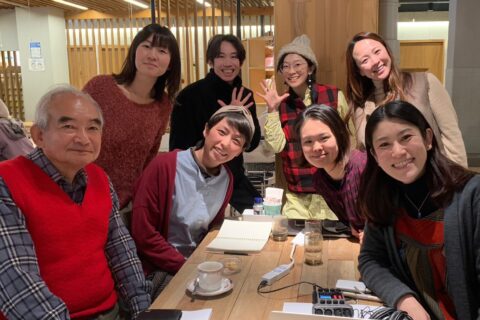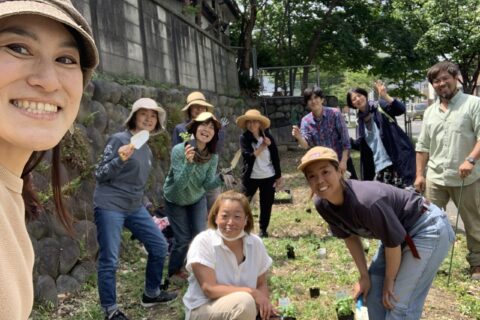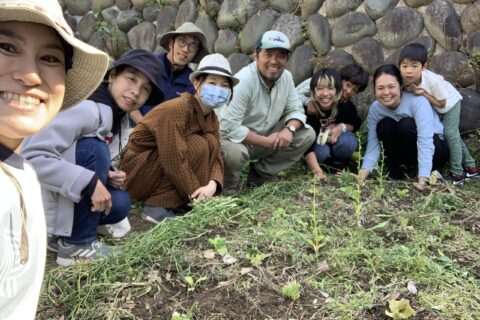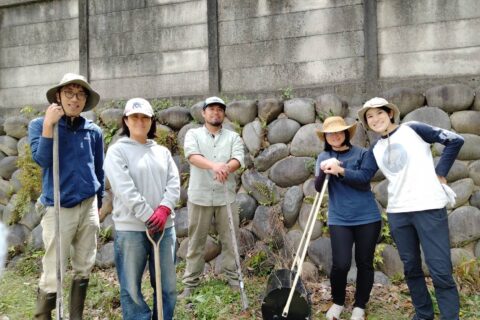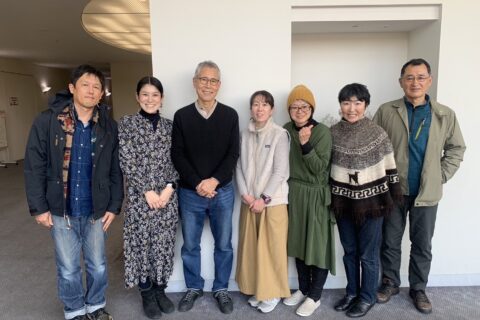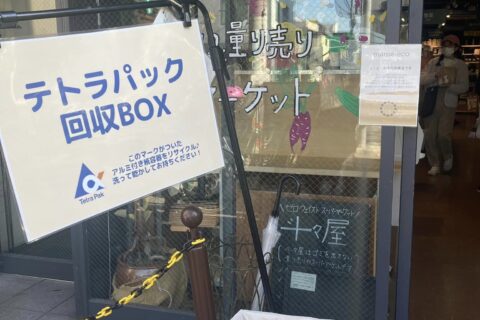皆さん、8月も残りあとわずかとなりましたがいかがお過ごしですか?
さて、今月のポッドキャスト
【五箇公一さん(国立環境研究所) 外来生物と生物多様性について学ぼう】
が、先日配信されました。
https://open.spotify.com/episode/4bkqoo9OkM3nvYgqsI3rpw?si=f1cawlB8RN62gyf0zXq0yg
Hi,there.There is a few more days left in August though,how are you doing?
Our podocast in this month has just been on air.The topic is ”learn about non-native species and biodiversity“ by Dr.Koichi Goka who belongs to the National Institute for Environmental Studies.“
とても興味深い内容なので、ぜひ聴いていただきたいのですが、
今日は、当日の様子をお知らせしますね。
We will tell you how the day went.It was very interesting, so please enjoy listening to it.
夏休み真っ只中の8月2日に、五箇公一先生、矢部隆先生をお招きして
”ソーネおおぞね”にて開催された
「外来生物と生物多様性について学ぼう」
申し込み開始後、あっという間に満席となり、お二人の人気ぶりが伺えた今回のイベント。
“Learn about non-native species and biodiversity.“
This event was held at Sone Ozone on Aug.2nd. inviting Dr.Koichi Goka and Dr.Takashi Yabe.
It was very pooular because the sheats filled up quickly once the application starded.
会場には、五箇先生や矢部先生のお話を熱心に聴き、目をキラキラと輝かせながら亀と触れ合う子どもたちの姿がありました。
もちろん大人も同じで、身を乗り出すようにして聞き入っていましたよ。
とても素敵な光景でした。
Many children at the venue listened intently to Dr. Goka and Dr. Yabe’s stories, and their eyes sparkled as they interacted with the turtles.
Of course, the adults were also listening intently to the story.It looked very nice.
五箇先生からは、“外来生物って?”というお話から、生物多様性について様々なお話を伺いました。
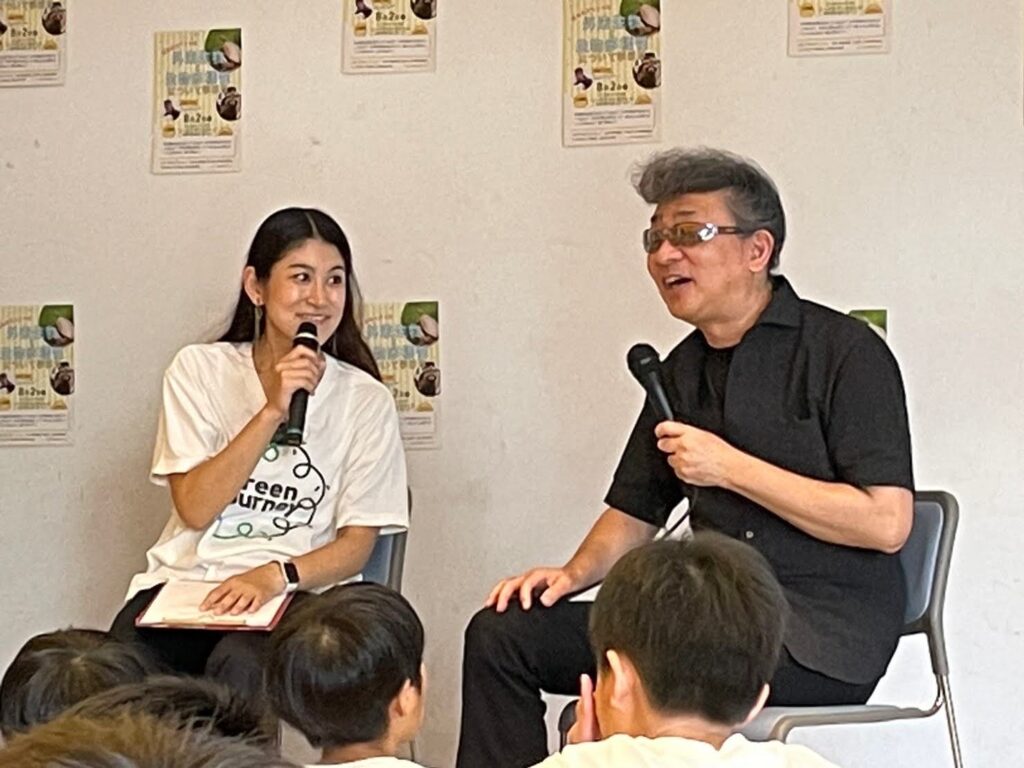
生き物が大好きな子どもたちも多く、虫の名前をよく知っていたり、鋭い質問も出て
五箇先生も「よく知ってるねぇ」と感心されていました。
We heard from Dr. Goka about what non-native species are and various topics about biodiversity.
He was impressed by the incisive questions asked by the children, who loved living things and knew the names of insects.
五箇先生のお話で特に印象に残ったのは、
・世界の経済はいろいろな国がつながっていて、外来種もぐるぐるまわってしまっている。
日本は輸入大国だからたくさん集まってきてしまい、外来種がとても多い国になっている。
The following three things were particularly impressive in Dr. Goka’s talk.
-Since the world economy is interconnected between various countries, non-native species also come and go.
Japan is a big importer, so there are a lot of non-native species coming from foreign countries.
・本来の自然がちゃんとしていたら、外来生物は増えられない。
生き物が生きていく生態系は、その地域の環境の中で生き物も植物も進化していくので、
その環境に一番強い種だけがいる。そこに外来のものが入ってきても、まずはね返される。
人間が増えて、街をつくり環境を変えてしまったから、日本の生物がすめなくなったところ
に外来生物が入り込んでしまう。それでやっかいものとされても、連れてきたのは人間・・・。
-If the original nature is properly established, non-native species cannot increase.
In an ecosystem, both living things and plants evolve in the local environment, so there are only species that are the strongest in that environment.Even if foreign creatures enter there, they will be repelled.
Due to the population increase, the city was created and the environment changed, so non-native species entered places where Japanese creatures could not live, and became troublesome.All of this is caused by humans.
・人間は弱い存在。地球環境が安定しないと生きられない。生態系を壊してしまうと結果、人間が生きていけなくなるから、絶対的に生物多様性と仲良くなっておかないといけない。
-Humans are weak beings who cannot survive unless the global environment is stable.
Humans cannot survive if the ecosystem is destroyed, so we have to get along with biodiversity.
質問タイムでも、子どもや大人から様々な質問がとび、丁寧に答えてくださいました。
また、昨年改定された外来生物法が改正になり、生き物を捕まえたり、家で飼うときの注意点をいろいろお話くださったので、ポッドキャストでぜひ聞いてくださいね。
Dr. Goka carefully answered various questions from children and adults.
Also the non-native species Act, which was revised last year, has been revised in Jun. this year, and he talked about various things to be aware of when catching and keeping animals at home, so please listen to the podcast.
「生物多様性とは、人間が生きていくための必須基盤」
という言葉で締めくくられた五箇先生のお話。
とても内容が深く、濃密な時間となりました。
Dr. Goka concluded by saying, “Biodiversity is an essential foundation for human survival,” and it was a very deep and rich time.
そして、第2部は矢部隆先生の「在来種・外来種の亀のお話と亀との触れ合いタイム」
The second part is Dr. Takashi Yabe’s “Stories about native species and non-native species of turtles and time to interact with turtles”
矢部先生の“カメ愛”は小学生4年生の時から。
Dr. Yabe’s love for turtles began when he was in the 4th grade of elementary school.
お父さんが小さいクサガメを拾って飼い始めて、はまったことがきっかけだそうです。その後17歳の時に飼い始めたアカミミガメは、なんと43年たった今でも生きているそうです!
His father picked up a small lace turtle and started taking care of it as a pet, which is how he became a turtle lover. The red-eared slider, which he started keeping when he was 17 years old, is still alive after 43 years.
矢部先生が笑顔で、持ってこられた亀を愛おしそうにひとつひとつ説明される姿に、子どもたちも引きこまれ、先生の前に自然とどんどんと集まっていました。
When Dr. Yabe smiled and lovingly explained each of the turtles he had brought, the children were drawn in, and naturally gathered in front of him.
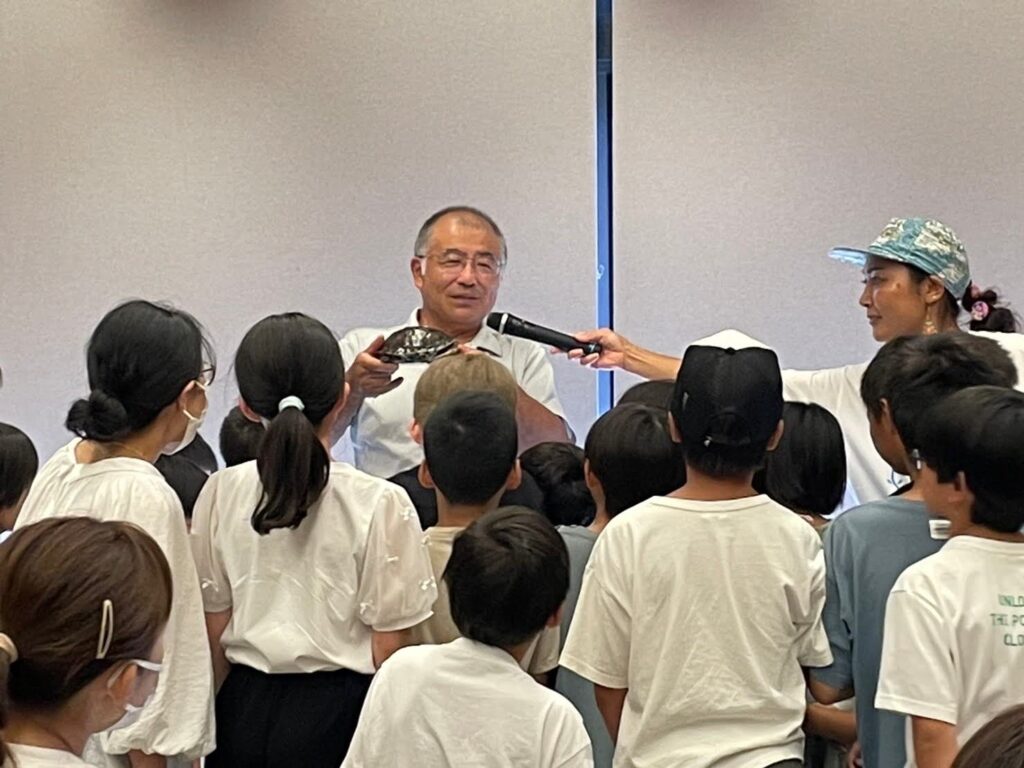
触れ合いタイムでは、キャベツを食べてもいい亀さんたちに、子どもたちは夢中で、口の前にキャベツを持っていってましたよ。
During the time to interact with the turtles, the children were fascinated and brought cabbage in front of the mouths of the turtles, who could be fed.
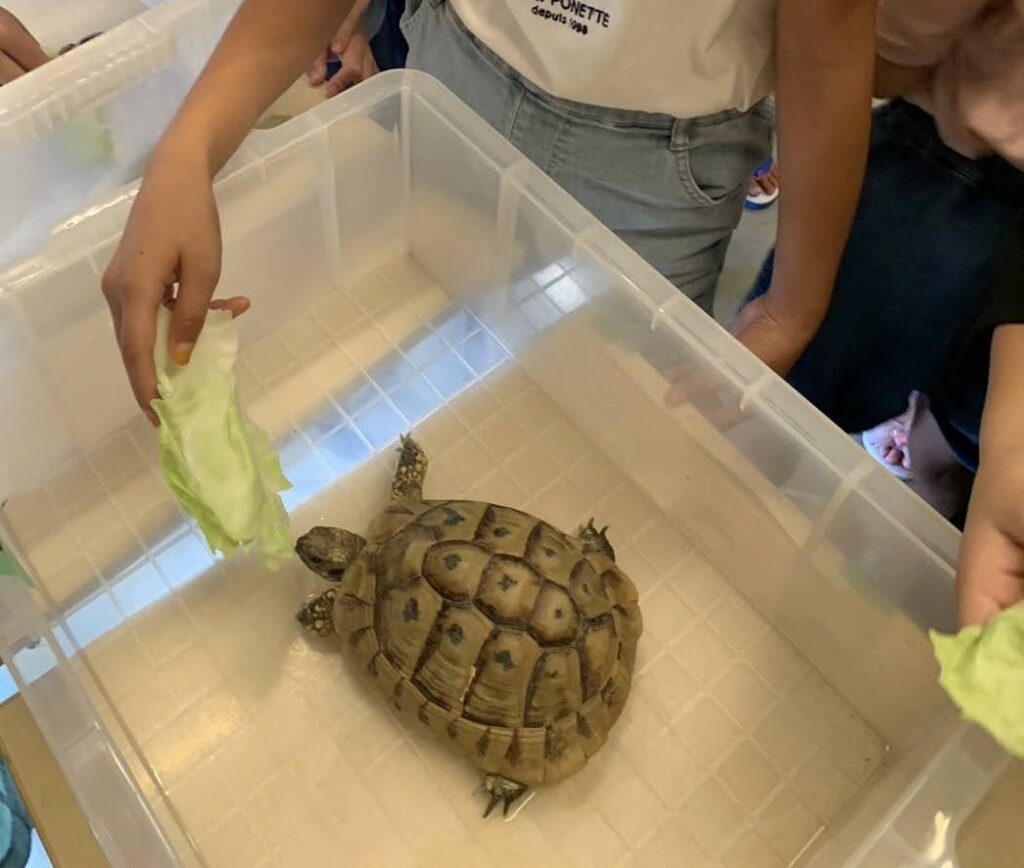
そして子どもたちからの質問に、ニコニコしながら答えて下さる矢部先生。
子どもたちもうれしかったことでしょう。
And the children must have been happy to see Dr. Yabe answering the questions from them with a smile on his face.
“好き!”、“これだ!”と思うものに出合い、ずっと研究をされてこられ、第一人者となられたお二人がお話をされている時、子どもたち同様、目がキラキラ輝いていました。
They came across something that they thought, “I like it!” and “This is it!” and they continued to research it and became leading experts.When they talked about it, their eyes sparkled just like the children’s.
今日のお話をきっかけに、何か目指すものを見つけた子どもたちが、もしかしたらいるかもしれませんね。
そんなきっかけが生まれたかも?・・・と思うような、素敵な一日でした。
There may be some children who have found something to aim for as a result of today’s story.
It was a wonderful day that made me think that such an opportunity might have been born.


